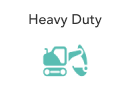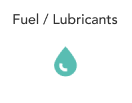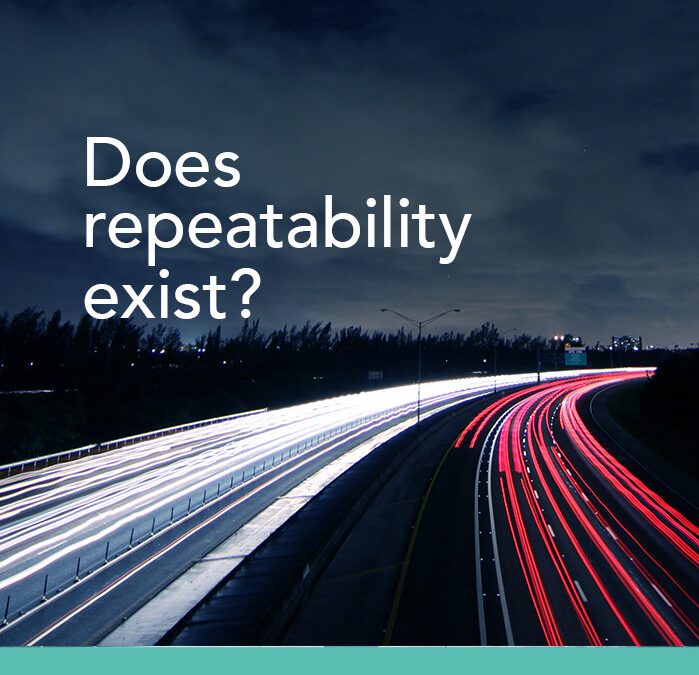WHAT DO WE MEAN WHEN WE SAY REPEATABILITY?
As a noun it is defined as – the lack of variation between multiple measurements taken under the same control conditions. Let’s give it some context first.
The mobility industry is pretty resilient, it survived the 2008 economic downturn and it has survived ‘Dieselgate’, just like it will survive the 2021 CO2 fleet reduction and whatever comes post Euro 6. To overcome future challenges whether external or internal, advanced testing, efficiency gains and certainty are required through every single component of the vehicle development process. Aftertreatment development and catalyst durability testing is no different.
As the mobility industry embraces and moves towards an electrified future it is widely acknowledged that the internal combustion energy unit remains an integral part of a transition to a clean air future. The UK government has signed off in law a commitment to a carbon neutral economy by 2050, further ratifying the continued use of highly optimised ultra-low emission vehicles.
The internal combustion power unit will play a significant role in helping achieve this goal in just over 30 years as the Electric Vehicle (EV) charging infrastructure continues to play catch up to the predicted demand and growth of this change in mobility energy source. There are other market limitations such as price of EV products, resale value perception and the trend towards non-ownership of vehicles in general. At the consumer level there is a dynamic shift taking place.
Do we see this shift resonating up through the supply chains and processes that form the bedrock of the industry? Yes and no.
In light of the World Light Duty Test Procedure (WLTP) and Real Driving Emissions (RDE) – that is Euro 6d – type approval and certification of vehicle emissions have, at least in the short term, become much more resource and time intensive. Although electrified powertrains are thought to hold many of the answers and ultimately the solution to urban air quality, their development and production processes are where much of the intrinsic costs that create market limitation are incurred.
Let’s step back for a second. What do I mean by electrified powertrains? I mean everything between full ICE with start-stop technology to a 48V mild hybrid.
Innovation is now coming directly up against years old development procedure and process paths that cause restriction and limitations. Aftertreatment development and catalyst durability testing is stagnant. There you go, it’s out there.
As long as the primary drivers for the choice of a vehicle remain that of ownership cost (reliability), styling and driveability, these will continue to dictate the focus and energy of the overall development process with many sub processes and other considerations limited purely by techno-economic factors. One of which is aftertreatment.
We are beginning to see an industry wide paradigm shift. Early adopters in the small volume, high performance segment are already reaping the rewards of cost certainty, accelerated market access and overall shorter aftertreatment development programmes by embracing a new approach.
So, does repeatability currently exist in aftertreatment development and catalyst durability testing. In short, no. The traditional approach has been to use, in some form, liquid fuel. This in itself contributes negatively to overall air quality and environmental change as this is sourced from crude oil and a carbon intensive refining process. Aside from this the chemical energy of fuel can only be converted into a useable thermal energy in a very restricted way by a combustion unit such as an on road automotive engine or burner system.
As a tier one supplier in the automotive testing arena, Catagen are in the business of risk mitigation. The average vehicle development programme entails approximately 300 vehicle emission tests and that is only for the European market place. Double that if you want to sell the product into the US, China and Rest of World markets. Of those 300 vehicle emission tests there will be failures no doubt, it’s unavoidable and part of the development process. What happens though, when one of those vehicle emission tests fails, where is the first point of investigation? The aftertreatment? The catalyst?
Is that the correct first point of investigation? If you use the traditional approach for catalyst durability testing then yes, there is a high probability that the catalysts have not been aged in a representative and repeatable way. How long does this investigative process take? Two days? Two weeks? How much does this investigative process cost? £1,000? £10,000?
Can repeatable catalyst testing help us quantify, analyse more efficiently and resolve problems with emission development faster? Yes. And does repeatability exist in aftertreatment development and catalyst durability testing? At Catagen, yes it does.











